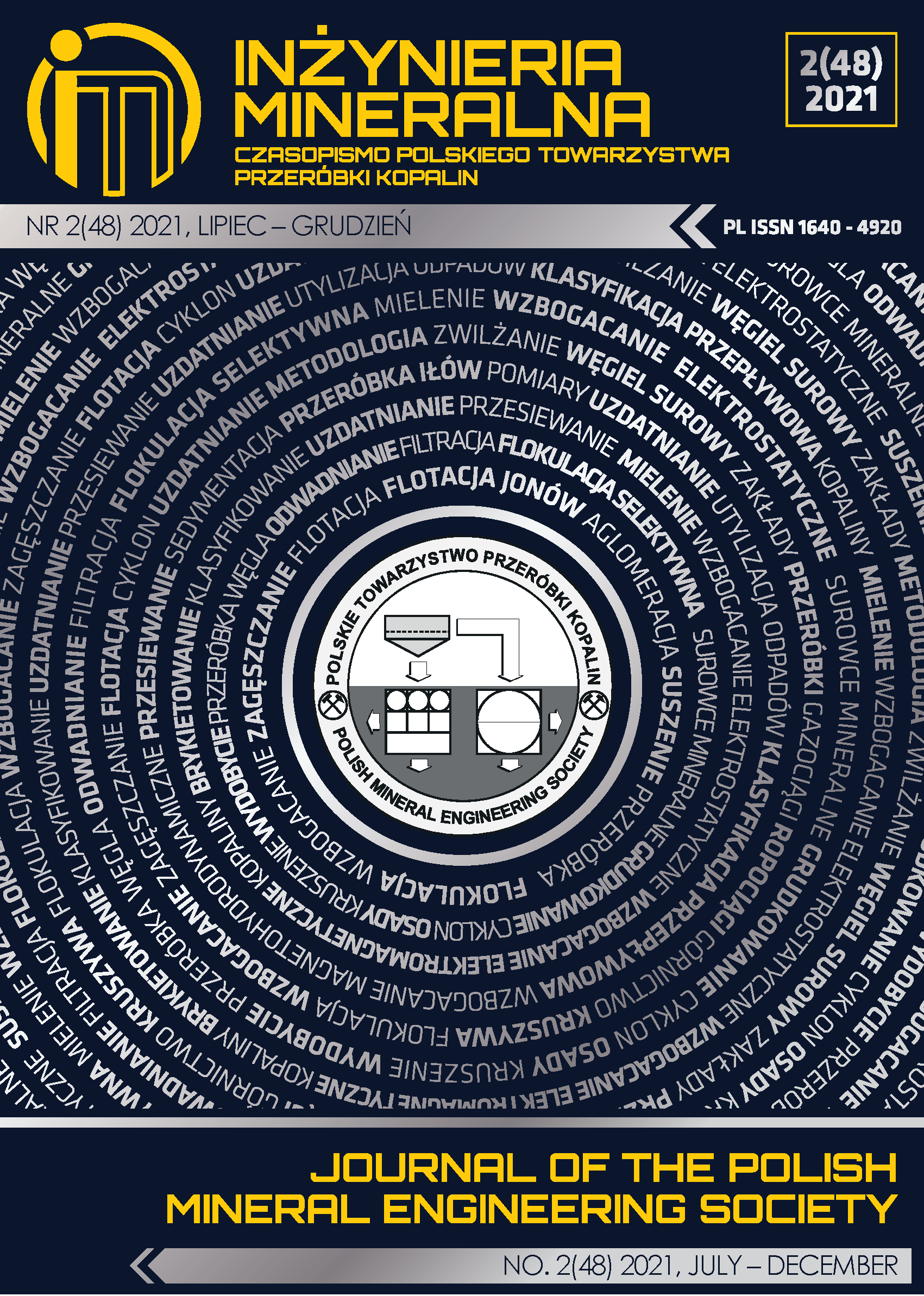Mining-induced Land Subsidence Detected by Sentinel-1 SAR Images: An Example from the Historical Tadeusz Kościuszko Salt Mine at Wapno, Greater Poland Voivodeship, Poland
Abstract
There are many mines in Poland that have been in operation for over 100 years, with the
Tadeusz Kościuszko mine being a large salt mine in Wapno, northern Poland. The mine was closed in
1977 due to the greatest catastrophe in the history of Polish mining, but in the first days of 2021, a very
large hole has been created in this area due to land subsidence. This article uses InSAR technology with
Sentinel-1 images to determine settlement and ongoing deformation in this mine. The study results are
useful for policymakers, managers, and authorities because land subsidence has caused serious and
dangerous effects on people living in the area. The results processed by the Persistent Scatterer InSAR
(PSInSAR) method with the Sentinel Application Platform and the Stanford Method for Persistent
Scatterers software packages show that deformation in the Wapno village area has been detected in both
residential and non-residential areas, with maximum subsidence of up to −19 mm/yr. The subsidence in
the mine reaches −12 mm/yr, and that at surrounding area range from 0 to −18.8 mm/yr.
Copyright (c) 2021 Thi Thu Huong KIM,Hong Ha TRAN,Khac Luyen BUI, Tomasz LIPECKI

This work is licensed under a Creative Commons Attribution-ShareAlike 4.0 International License.
This journal permits and encourages authors to post items submitted to the journal on personal websites or institutional repositories both prior to and after publication, while providing bibliographic details that credit, if applicable, its publication in this journal.







.png)
